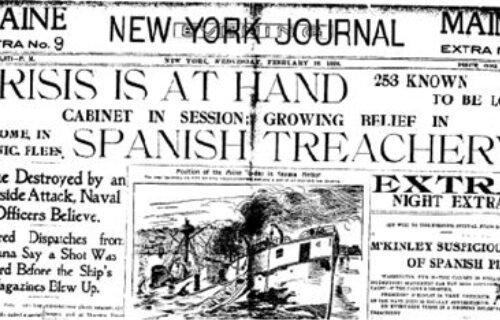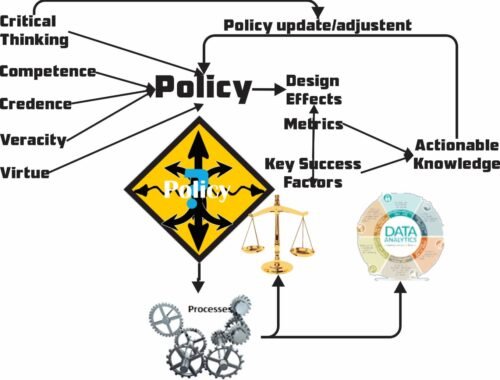
Thoughts on Ukraine Part 10: Why do the People Fight or Not Fight?
Figure 1 Russian Tank Destroyed in Afghanistan (Left) and Ukrainians Fighting Russians (Right)
The part started out differently than it turned out. I was going to contrast the Ukrainian fighting to the Afghan disintegration against the Taliban in 2021 (Afghan II). Then I realized that was not the accurate comparison. The accurate comparison is to the Mujahideen fight against the Russians when the Russians invaded Afghanistan (Afghan I). The Mujahideen fought just as bravely and fiercely then as the Ukrainians fight now.
So something else is going on in the comparisons. In one case, the people of Afghanistan fought bravely to victory over the Russians. In the other case, they collapsed completely to the Taliban.
Now, I am being somewhat disingenuous with the terms Mujahideen, Taliban, and people of Afghanistan rather than calling them Afghans. At least in my experience in Afghanistan, the people there identify primarily with their tribes and not as Afghans. I think that is the root of the problem in Afghan II vs. Afghan I. In Afghan I they fought a foreign invader. In Afghan II, they fought themselves and did not have a government or an identity to rally around and fight for.
The Ukrainians have both a foreign invader and a national identity. Ukrainian citizens rally around the identity and their increasing hatred of the invader. Let’s compare Ukraine, Afghan I and Afghan II.
| Ukraine | Afghan I | Afghan II | |
| Foreign Invader | Russia | Russia | None1 |
| National Identity | Strong | Weak2 | None3 |
| Terrain | Urban and Plains | Mountain and Plains | Mountain and Plans |
| Foreign Support | Yes | Yes | Maybe4 |
Notes:
- Some (many) saw the US as a foreign invader. That may be why the Taliban could rebuild itself. Would the results be different if the US left in 2004?
- Not a national identity per se, but rather the traditional, it is the tribes against the foreign invader. Perhaps an element of a religious unifier against the infidels.
- The Taliban could, at least temporarily, a brand many would follow to overthrow what most saw as a corrupt and illegitimate government.
- Certainly support from Pakistan. There are indications of support from Russia and perhaps China.
Three cases are not enough to draw concrete conclusions, but we can add in Korea, Vietnam, and Iraq. Perhaps a quick overview may provide some insight and background.
Like Afghanistan, all three became or started as a civil war. Korea and Vietnam were partitioned after WWII in a communist north and a non-communist south. The US invaded Iraq over weapons of mass destruction. Iraq degenerated in Shia, Sunni, and Kurds. The Shia and Sunni fought each other in essentially a civil war.
The response to Korea was a UN force. Three key things happened in Korea that did not happen in Vietnam or Iraq:
- The UN sanctioned the intervention and the forces used were UN forces from participating states.
- The UN forces were able to push invading forces north of the border and keep them there.
- China intervened directly in the war.
This added a degree of legitimacy to the conflict and for the people of South Korea who developed a national identity. While the government of South Korea took time to develop into a free state, it was far more prosperous and accepted than the north.
The government of South Vietnam was corrupt and not widely accepted as legitimate in the south. The US compounded this problem when overthrew a South Vietnamese leader and installed a new government. In several ways the situation in Vietnam resembles the situation in Afghanistan.
Iraq is a mix of the dynamics South Korea and Vietnam. The government had legitimacy problems, with the Sunnis largely in control. Fortunately, the Kurds remained more or less quiet and the insurgency had traits of a civil war between Sunni and Shia, but that is a simplification. The dynamics were and remain complex and the situation is still fluid.
Do what can we learn about why people do or do not fight in the face of aggression? This needs at least a book to do the subject justice, but a few bullet points may be a start.
- The more people accept a government, the more they will fight for it. The less they accept it, the less they will fight for it.
- The greater the national identity, the more people will fight for it.
- The greater the hope of victory, or at least stopping the aggression, the more people will fight. Advantages such as urban war or mountain war help.
- The more the conflict resembles a civil war, the less an external party will accomplish. Some may cite successful peacemaking operations in Africa, but research shows that if grievances are not resolved or there is not a decisive victory by one side, the problems erupt again.
As the US and NATO ponder a role in Ukraine and other places, it may do well to consider:
- What is the objective, and can it be achieved?
- What type of intervention (humanitarian aid, lethal aid, indirect kinetic [for example, a no fly zone]; standoff direct kinetic [air support]; troops on the ground)?
- What other domains and tools can we use short of intervention and what are their risks?
- Do the people support the government the intervention will support?
- How corrupt is the government the intervention will support?
- Is there a strong identity the people will rally to and fight for?
- What are costs of intervention, both direct and indirect; explicit and implicit; primary and secondary?
- What are the risks of intervention?
- How does the intervention end? How do we reign in expanding expectations and scope creep?
- What are the implications of pulling out before the stated goals are achieved if conditions change?
- Can we readily explain the purpose and objectives of the intervention to our own people, the people where we will intervene, and the rest of the world?
Now some of these look pretty obvious. But as experience in Vietnam, Afghanistan, and Iraq show, if we do not do a rigorous assessment before an intervention and do not continue to do it throughout the intervention, a nation can bleed itself badly. Perhaps the key screening questions are will the people support the intervention and will they fight?





